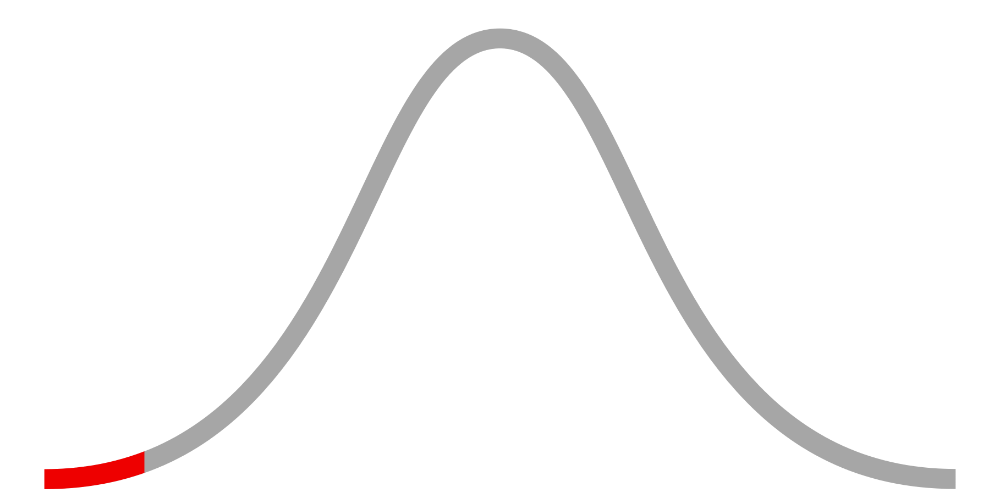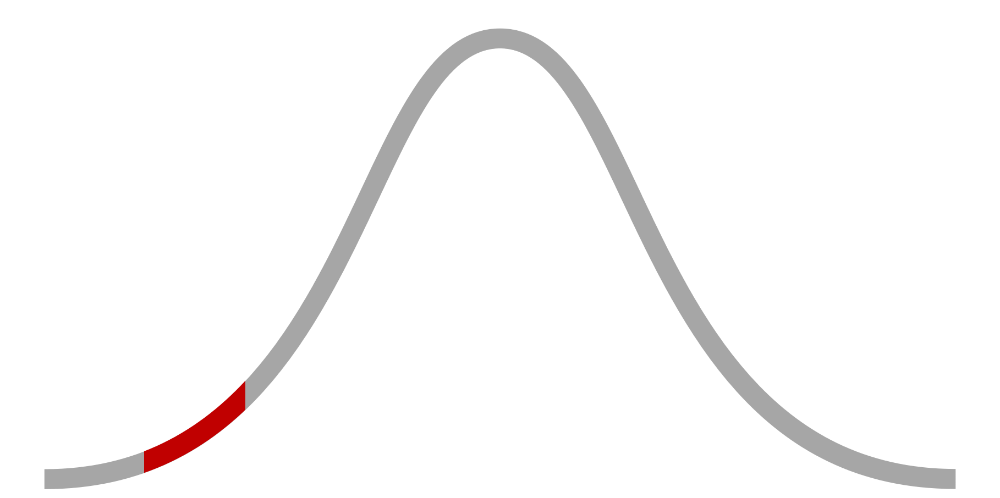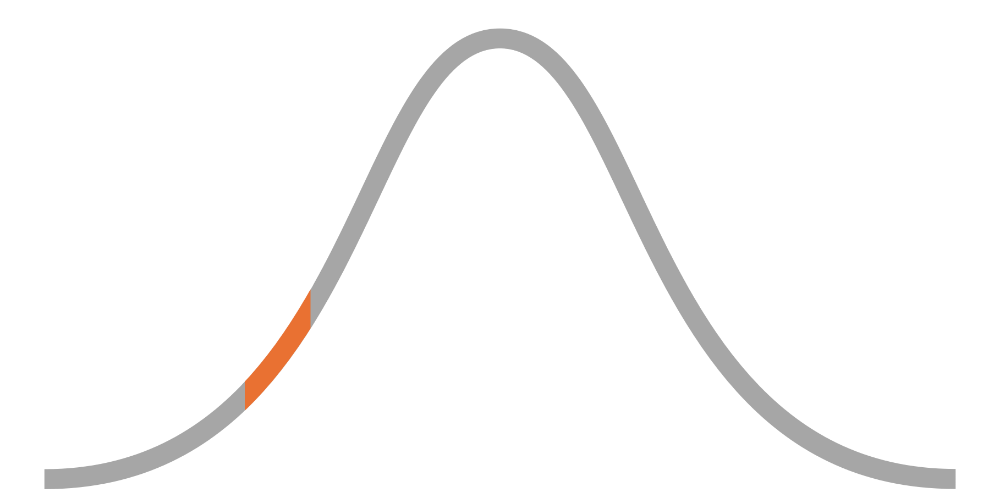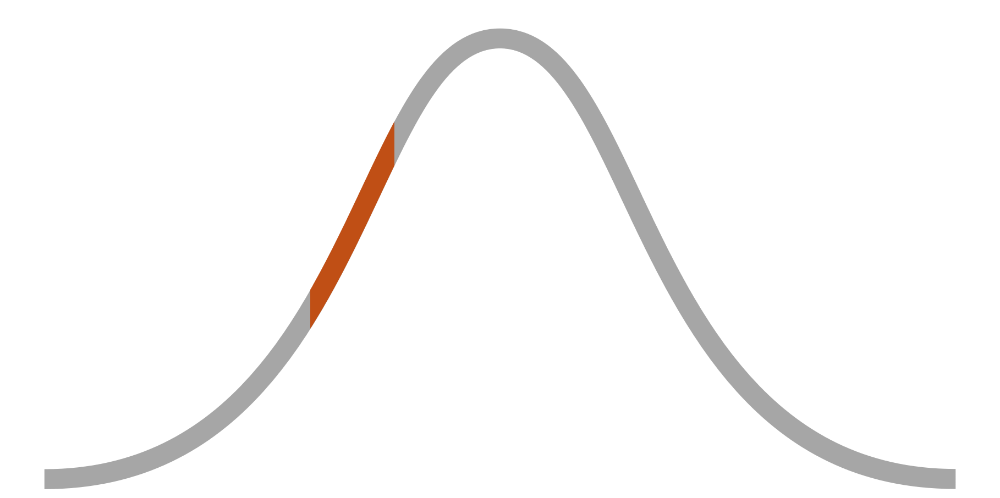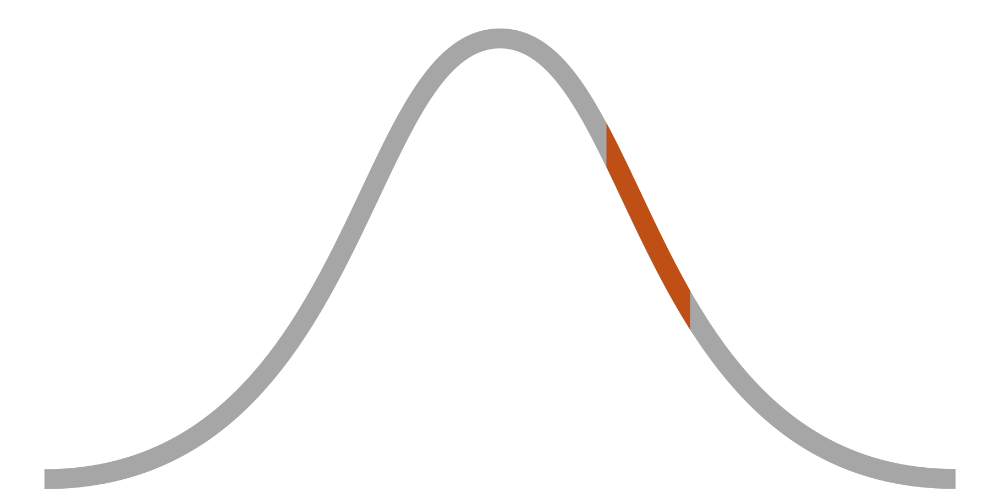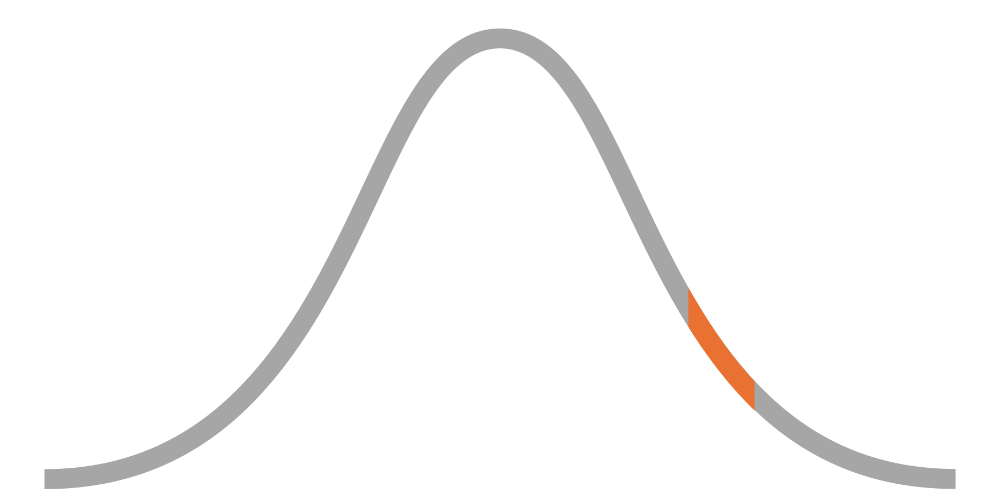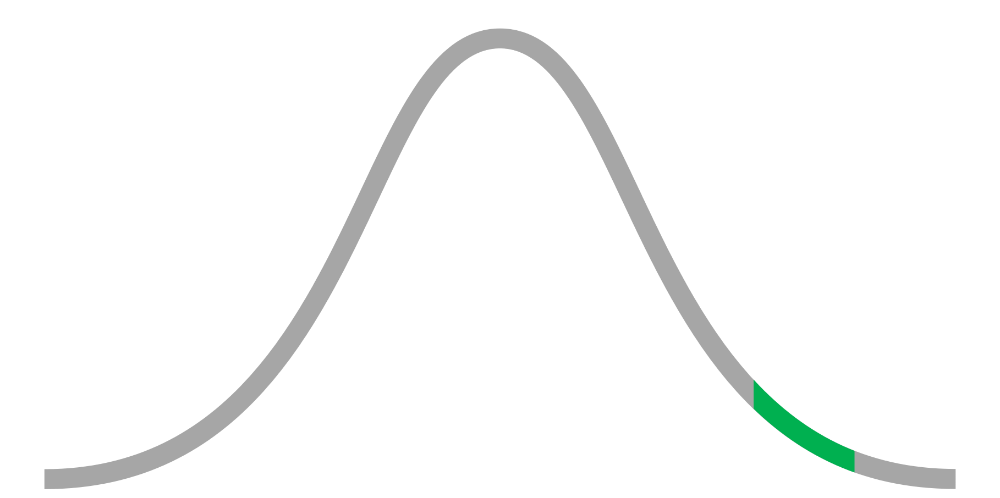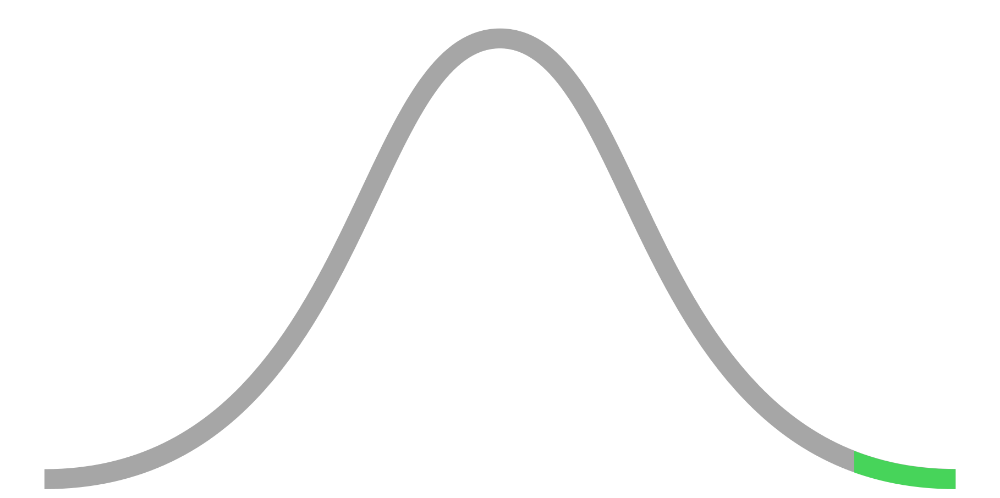 Summary & key points
Summary & key points
In the hit poker movie Rounders (1998), soon-to-be dropout law school student Mike McDermott is facing a stressful poker game against Teddy KGB, a Russian mobster with his own poker club. Mike previously lost his funds to Teddy KGB and has loan sharks after him. During the final poker showdown between the two, Mike is folding good hands because he notices that Teddy KGB has him beat when he splits open and eats an Oreo cookie. This cue allowed Mike to dominate most of the hands until Teddy KGB figured it out. The outburst indicates that the Russian realized his own tell. In using phrases like "Lays down a monster. The f*** did you lay that down. Should have paid me off ...," Teddy vocalizes his own inability to use cues, logical reasoning, and predictive consideration. This is reinforced by the expletives. Teddy KGB's self-admitted mistake after speaking in a confident manner demonstrates a near-bottom example of the Inference attribute.
Select media ©
Miramax Films. Learn more



